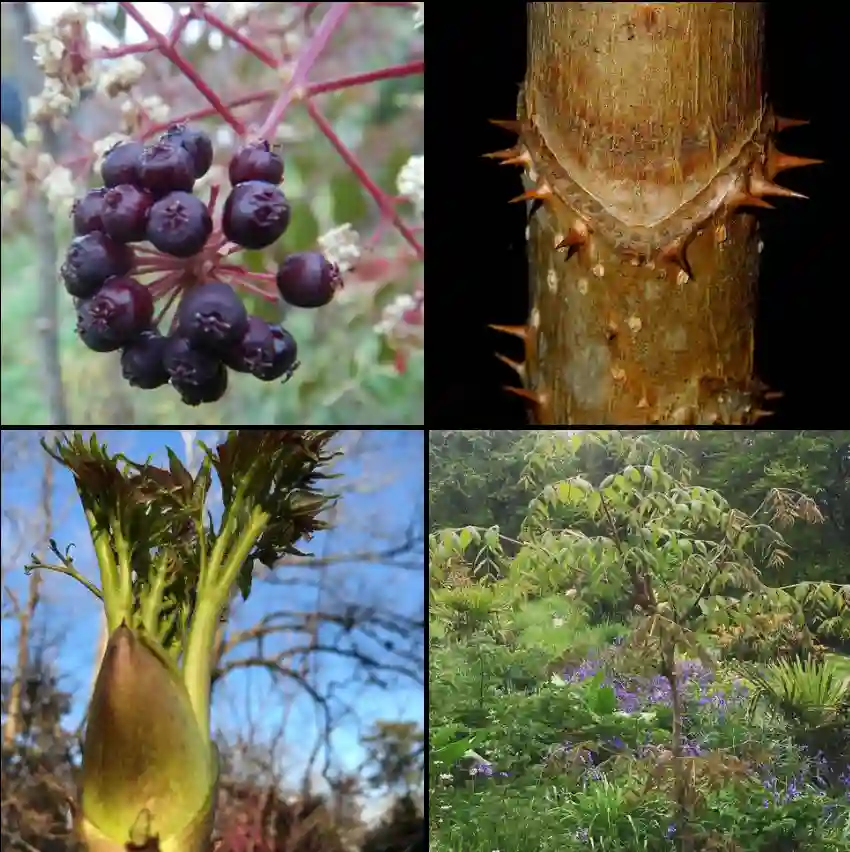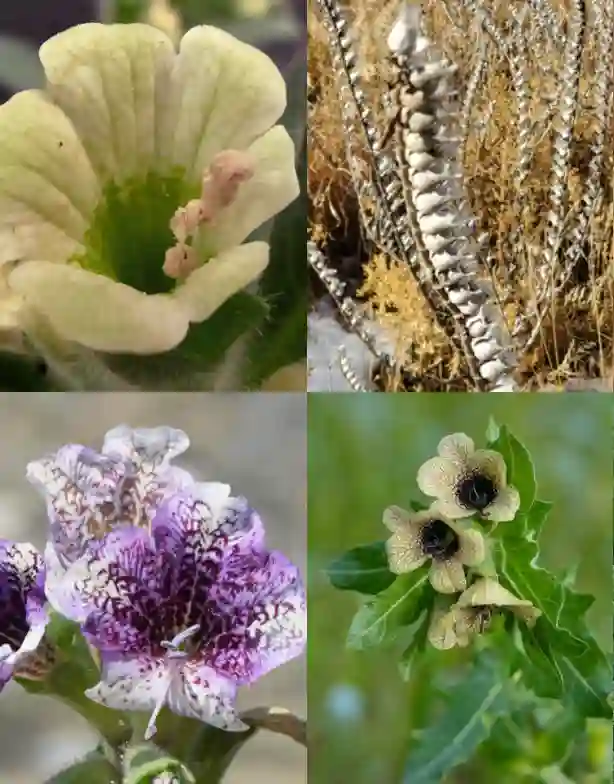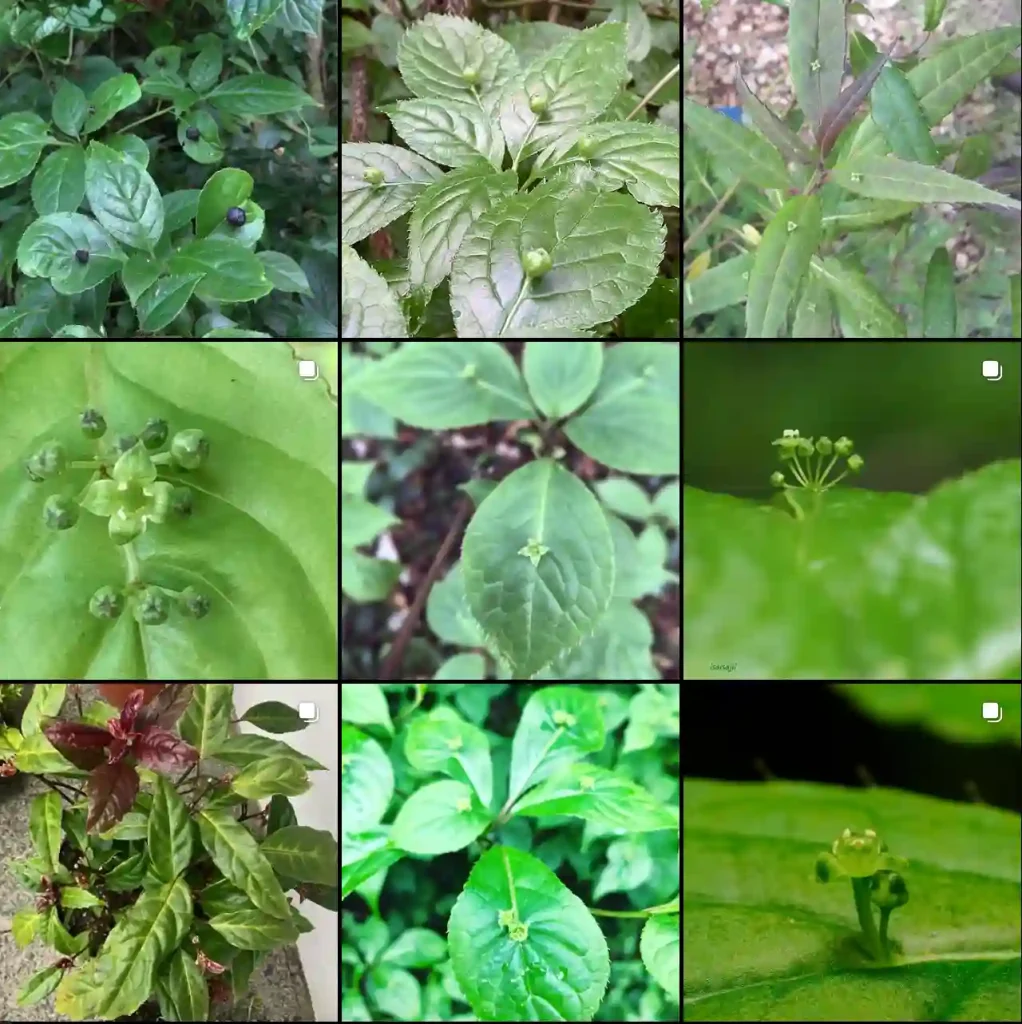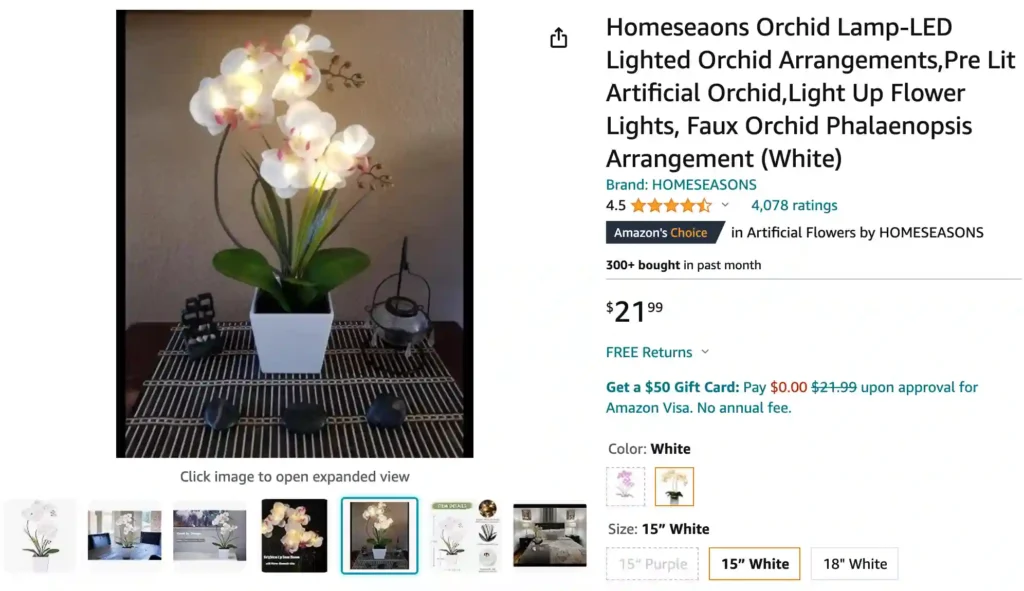
Phalaenopsis Orchid Care: A Beginner’s Guide by Ferb Vu
Phalaenopsis belong to the Orchidaceae family, often nicknamed “Moth Orchids” for their resemblance to the delicate insect, are a popular choice for beginner orchid enthusiasts. Their elegant blooms and relatively low-maintenance needs make them ideal for adding a touch of sophistication to any home. Over the years, I’ve fielded many questions about these beauties, so I’m here to answer some of the most common ones.
89 Species in Genus Phalaenopsis
Varieties of Phalaenopsis Orchids
Phalaenopsis orchids are incredibly diverse, with about 89 true species and thousands of hybrids. Some popular varieties include:
1. Phalaenopsis Abba
2. Phalaenopsis Almaho – Phalaenopsis Schilleriana x Speciosa
3. Phalaenopsis Mannii
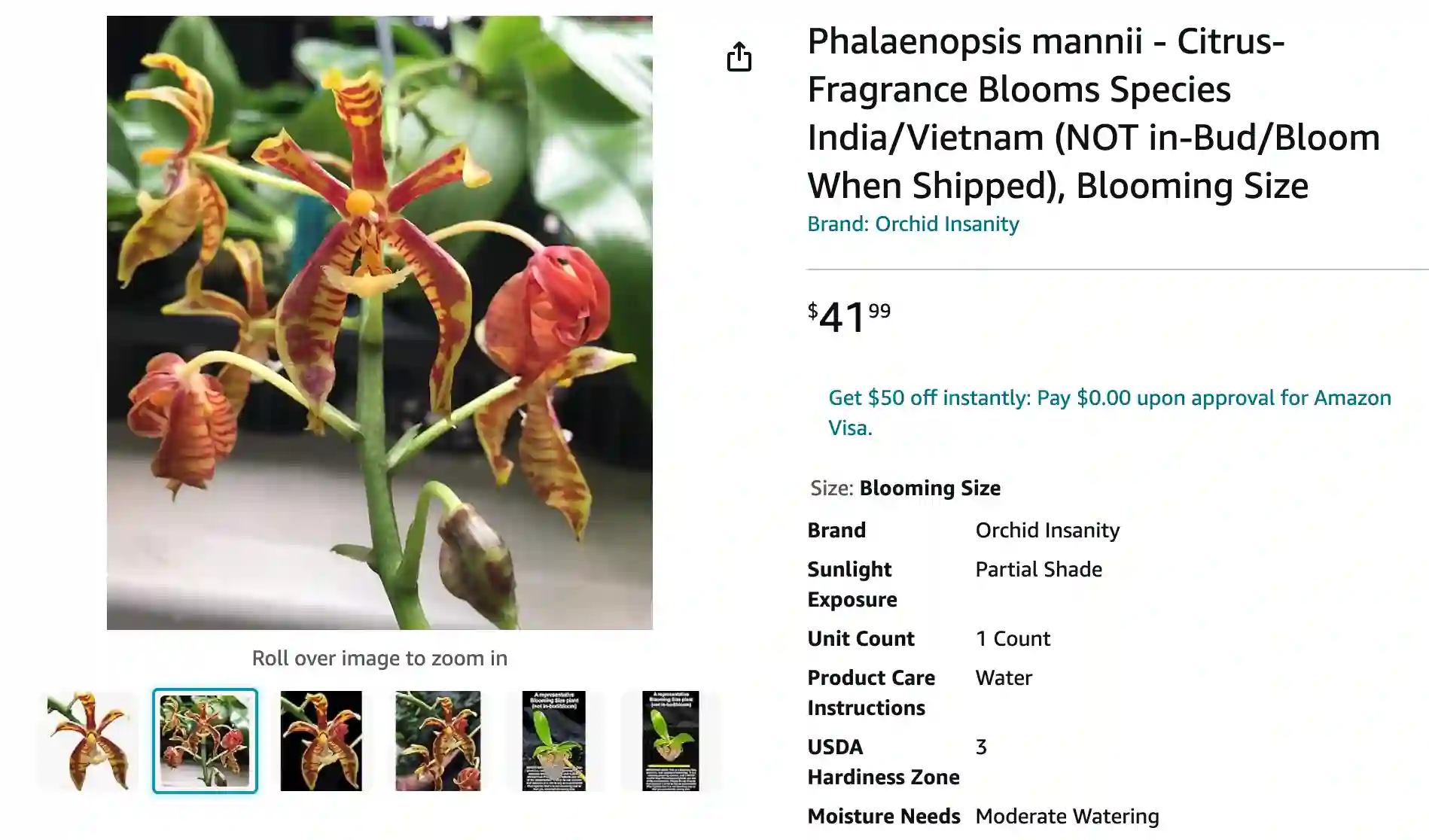
4. Phalaenopsis Amabilis
5. Phalaenopsis Amboinensis
6. Phalaenopsis Aphrodite
7. Phalaenopsis Appendiculata
8. Phalaenopsis Aquarelle
9. Phalaenopsis Aromio
10. Phalaenopsis Autumn Wind
11. Phalaenopsis Bastianii
12. Phalaenopsis Beaumont
13. Phalaenopsis Bellina
14. Phalaenopsis Borneensis
15. Phalaenopsis Buddha’s Treasure
16. Phalaenopsis Buffalo
17. Phalaenopsis Buttercup
18. Phalaenopsis Buyssoniana
19. Phalaenopsis Calimero
20. Phalaenopsis Cambridge
21. Phalaenopsis Castor
22. Phalaenopsis Celebensis
23. Phalaenopsis Charmer
24. Phalaenopsis Chibae
25. Phalaenopsis Cleopatra
26. Phalaenopsis Cobrion
27. Phalaenopsis Cochlearis
28. Phalaenopsis Coral
29. Phalaenopsis Corningiana
30. Phalaenopsis Cornu-cervi
31. Phalaenopsis David Lim
32. Phalaenopsis Deliciosa
33. Phalaenopsis Difformis
34. Phalaenopsis Doritis
35. Phalaenopsis Doweryensis
36. Phalaenopsis Equalacea
37. Phalaenopsis Equestris
38. Phalaenopsis Esmee
39. Phalaenopsis Fasciata
40. Phalaenopsis Fimbriata
41. Phalaenopsis Finleyi
42. Phalaenopsis Floresensis
43. Phalaenopsis Frontera
44. Phalaenopsis Frozen
45. Phalaenopsis Fucsia
46. Phalaenopsis Fuscata
47. Phalaenopsis Geisha
48. Phalaenopsis Gibbosa – Phalaenopsis Thailandica
49. Phalaenopsis Gigabell
50. Phalaenopsis Gigantea
51. Phalaenopsis Grazia
52. Phalaenopsis Guadalupe Pineda
53. Phalaenopsis Helga Lukassen
54. Phalaenopsis Hieroglyphica
55. Phalaenopsis Honghenensis
56. Phalaenopsis Hygrochila
57. Phalaenopsis Hymen
58. Phalaenopsis Inscriptiosinensis
59. Phalaenopsis Irene Dobkin
60. Phalaenopsis Jaguar
61. Phalaenopsis Japonica
62. Phalaenopsis Javanica
63. Phalaenopsis Jena
64. Phalaenopsis Jillion
65. Phalaenopsis Joshua Irwin Ginsberg
66. Phalaenopsis Kaoda Twinkle
67. Phalaenopsis Kapuasensis
68. Phalaenopsis Kenneth Schubert
69. Phalaenopsis Kunstleri
70. Phalaenopsis Kv Charmer
71. Phalaenopsis La Paz
72. Phalaenopsis Labukensis
73. Phalaenopsis Lamelligera
74. Phalaenopsis Las Vegas
75. Phalaenopsis Lea Marie Salazar
76. Phalaenopsis Leda
77. Phalaenopsis Linda Cheok
78. Phalaenopsis Lindenii
79. Phalaenopsis Lobbii
80. Phalaenopsis Lowii
81. Phalaenopsis Lueddemanniana
82. Phalaenopsis Maculata
83. Phalaenopsis Malipoensis
84. Phalaenopsis Almanis (Phalaenopsis Mannii x Tetraspis)
85. Phalaenopsis Mariae
86. Phalaenopsis Marianne Schmoll
87. Phalaenopsis Marie Sophie
88. Phalaenopsis Marriottiana
89. Phalaenopsis Meen Estrella
90. Phalaenopsis Memoria Val Rettig
91. Phalaenopsis Mentawaiensis
92. Phalaenopsis Micholitzii
93. Phalaenopsis Mini Mark
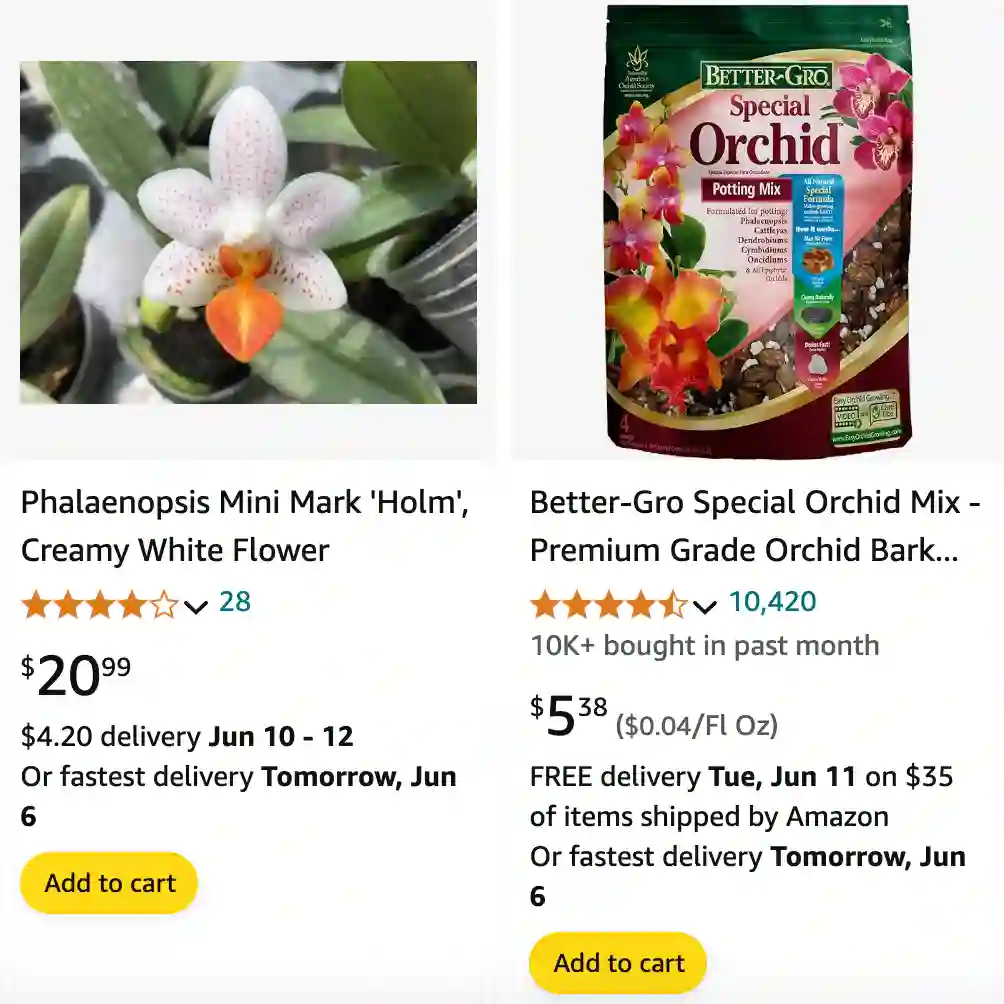
94. Phalaenopsis Mirabilis
95. Phalaenopsis Miraflore
96. Phalaenopsis Modesta
97. Phalaenopsis Mozart
98. Phalaenopsis Natmataungensis
99. Phalaenopsis Odorion
100. Phalaenopsis Pallens
101. Phalaenopsis Pandora
102. Phalaenopsis Pantherina
103. Phalaenopsis Parishii
104. Phalaenopsis Pavarotti
105. Phalaenopsis Philippinensis
106. Phalaenopsis Picasso
107. Phalaenopsis Pink Panther
108. Phalaenopsis Pinyf
109. Phalaenopsis Polka Dot
110. Phalaenopsis Pulcherrima
111. Phalaenopsis Pulchra
112. Phalaenopsis Reichenbachiana
113. Phalaenopsis Rembrandt
114. Phalaenopsis Robinsonii
115. Phalaenopsis Rofino
116. Phalaenopsis Rothschildiana
117. Phalaenopsis Sanderiana
118. Phalaenopsis Schilleriana
119. Phalaenopsis Sensation White
120. Phalaenopsis Snowflake
121. Phalaenopsis Spica
122. Phalaenopsis Spunky
123. Phalaenopsis Stobartiana
124. Phalaenopsis Stuartiana
125. Phalaenopsis Subparishii
126. Phalaenopsis Sumatrana
127. Phalaenopsis Tabasco Tex
128. Phalaenopsis Taenialis
129. Phalaenopsis Taisuco Jasper
130. Phalaenopsis Tein Noi
131. Phalaenopsis Tetraspis
132. Phalaenopsis Timothy Christopher
133. Phalaenopsis Torino
134. Phalaenopsis Tsii
135. Phalaenopsis Tulcan
136. Phalaenopsis Tying Shin Smart
137. Phalaenopsis Ubonensis
138. Phalaenopsis Venosa
139. Phalaenopsis Verde
140. Phalaenopsis Violacea
141. Phalaenopsis Viridis
142. Phalaenopsis Vivaldi
143. Phalaenopsis Wilsonii
144. Phalaenopsis X Amphitrite
145. Phalaenopsis X Gersenii
146. Phalaenopsis X Intermedia
147. Phalaenopsis X Leucorrhoda
148. Phalaenopsis X Lotubela
149. Phalaenopsis X Rolfeana
150. Phalaenopsis X Singuliflora
151. Phalaenopsis X Valentinii
152. Phalaenopsis X Veitchiana
153. Phalaenopsis Zebrina
Conclusion
Phalaenopsis orchids are beautiful and rewarding plants with proper care. By following these simple tips on light, water, temperature, and fertilizer, you can enjoy their stunning blooms for years to come. Remember, a little observation goes a long way. Pay attention to your orchid and adjust your care routine as needed. Happy growing!
If i die, water my plants!
